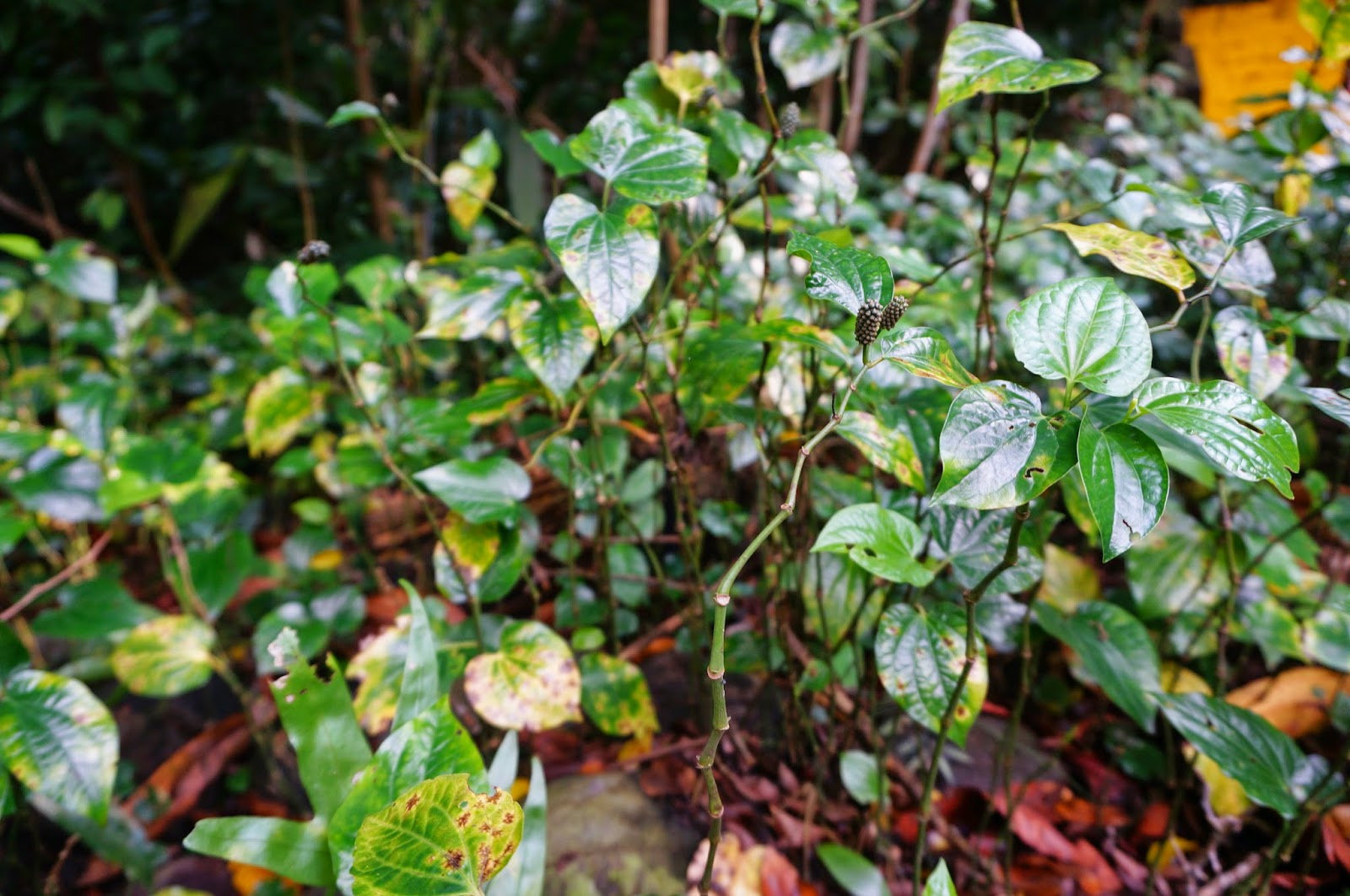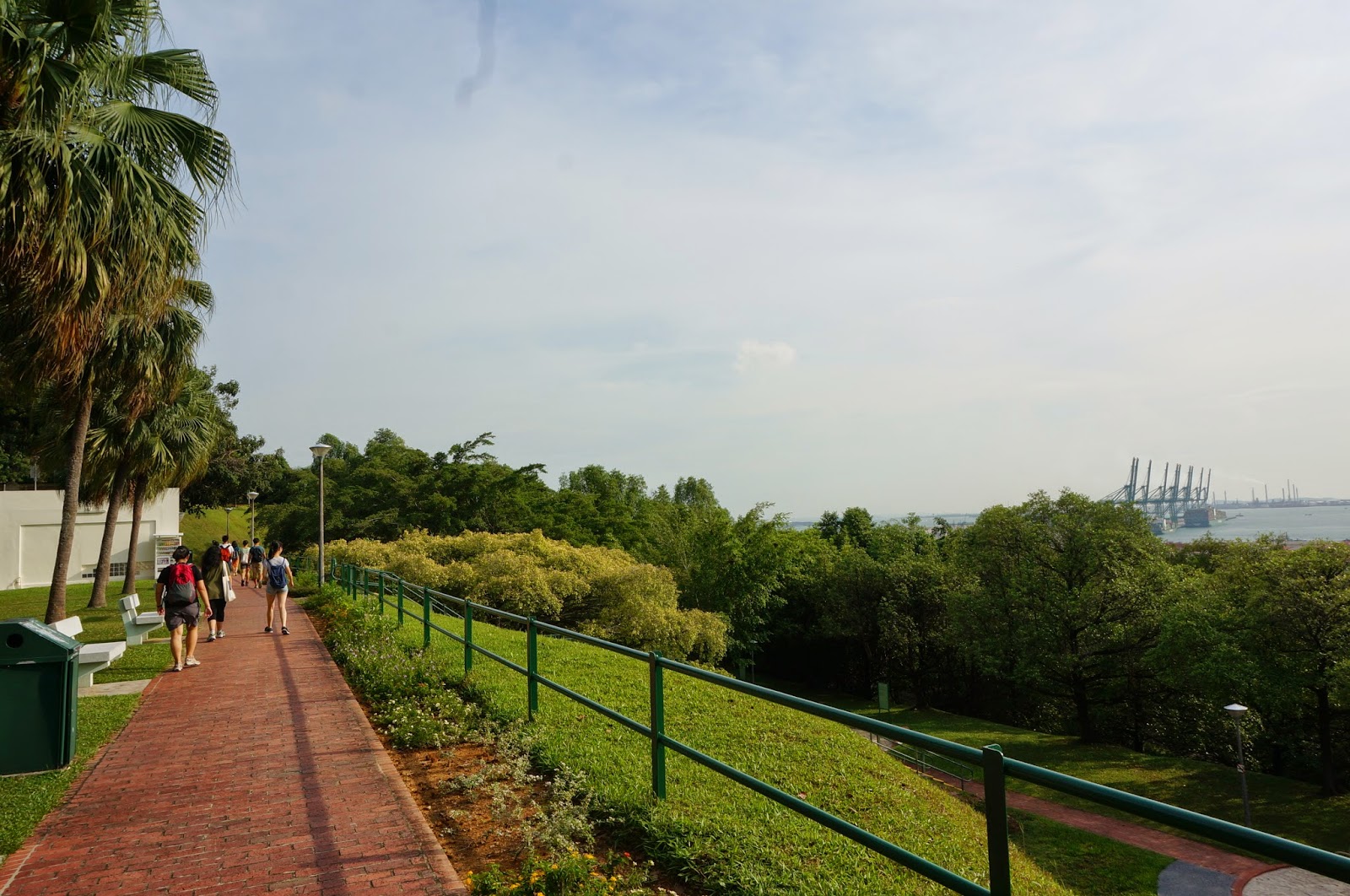During the our walk around the Venus loop, we came across a great variety of plants and animals which our friends Becky and Ingg sind took great patience to explain to us. We learnt about how plants in the forests developed special characteristics to defend themselves against predators. How organisms developed symbiotic relationships. We learnt to spot different types of squirrels and had the luck to spot a rare lizard ‘yellow striped tree skink’.
Fishtail palm:
The irregular leaf ends imitate that of a leaf which has been eaten, acting as a deterrence for other animals to eat them.
Zanzibar yam:
This plant is poisonous so stay CLEAR! if consumed, it could cause temporary or even permenant loss of voice. (No wonder its leaves are not eaten)
Macaranga:
These plants have established a symbiotic relationship with ants, where it houses and provides shelter for the ants in its hollow stems, and in turn the ants protect the plant when there is a foreign predator around.
Rare yellow striped tree skink
Draco sumatranis
My personal favorite: Strangling fig
One of my personal favorites that we stopped by was the Strangling fig. It was a special kind of tree that grew on pre-existing trees, wrapping itself around it to gain height and support. In doing so, the strangling fig would suffocate (hence the name ‘strangling’) the original tree causing it to die. As Kris had explained, this was an adaptation that the species had developed such that it could survive in the highly competitive rainforests, where light and resources were scarce. By growing on other trees and finally completely engulfing them, the strangling fig was gaining advantage of the energy and time the original tree had spent to grow. As such, it could reach a greater height and receive more sunlight to carry out photosynthesis in a shorter time. I found this phenomenon extremely interesting and was drawn to the way in which organisms within nature evolved such traits to ensure their survival. Being a biology student, I gained could relate these observations to Darwins theory of evolution, where organisms in an environment were in constant competition for survival, and thus the conception of ‘the survival of the fittest’. Looking at the fig tree, I was reminded that the rainforest was not as amiable an environment as we would like to imagine. In reality, if we were to look more closely, we would discover that it is a space where animals and plants are constantly acting to defend themselves and ensure their survival. The predator and prey reality was real, and as an ‘external’ observer, it was important to have a heightened sense of the place around us. As Becky had warned, we must not take for granted safety when we are in wild natural spaces. As a green bean leader, I was reminded of how important it was to remain vigilant and careful when bringing my fellow beans on a green bean walk.
Ending off the walk
There is a rich biodiversity in these forests and it would a real pity if the cross island line were to disrupt the natural habitat. Being part of this special guided walk by environmental advocates and nature lovers such as Becky, Ingg sind and Kris was an absolute privilege and looking at the green spaces through their eyes has made me discover the diversity of life around us and how important it is to care and protect it. As a green bean leader myself, having the chance to be guided by other passionate, external members has been both a humbling and eye-opening one for me. The experience truly enforced my belief in what the green beans represented and stood for; to foster a sense of appreciation and wonder towards nature. Judging by the feedback we had at the end of the walk by our new junior beans, they saw the value of fighting for the natural environment and preserving the rich biodiversity of our primary and secondary rainforests.
Post author: Jedrek Koh
Also posted on: https://greenbeancas.wordpress.com/2015/03/29/walk-at-the-venus-loop/
(Jedrek's other green beans reflecton blog- check it out! click on the link.)





















































